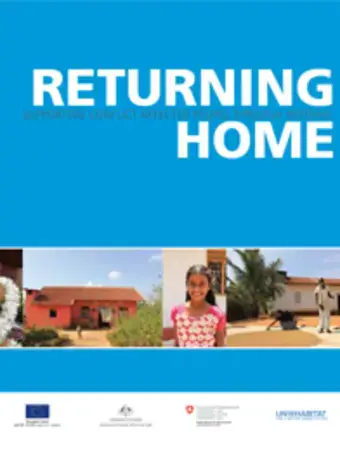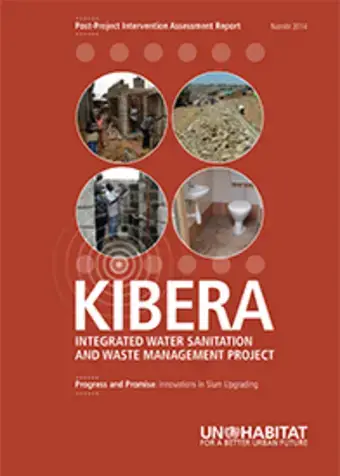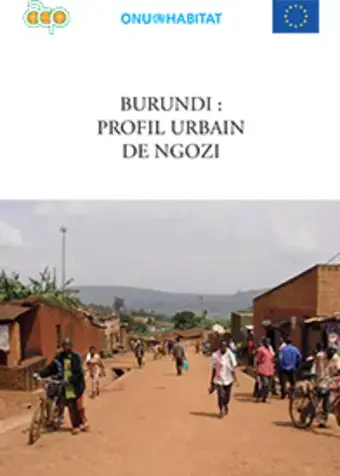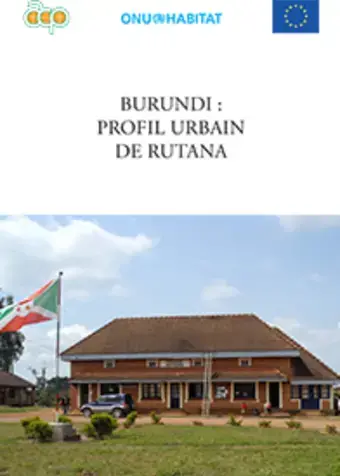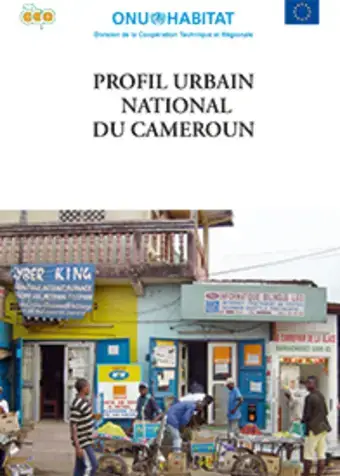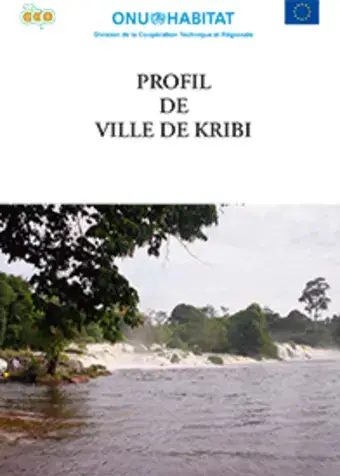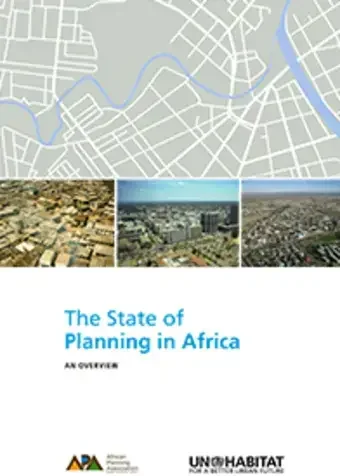In the past two decades through a process called “Enumeration” through which the members collect at city level data about slums, Slum Dwellers International have created a mechanism which serves to create a city wide network of urban informal settlements with the intention of the dwellers to see themselves as part of a larger subsection of the city, whose needs have been neglected and whose voice has to reach the city and the national government.
Fostering resilience through community based innovation - Mary Rowe, Municipal Art Society of New York
Based on her work experience in post-Katrina New Orleans and post-Sandy New York City, the Municipal Art Society of New York's Director of Urban Resilience and Livability, Mary Rowe, discusses the role of self-organization and granular innovation in urban resilience-building. Highlighting examples from New Orleans, New York City, and cities around the globe, Ms. Rowe focuses on the need for a collaborative process to build resilience that takes advantage of the systems and features already in place in the urban ecosystem.
